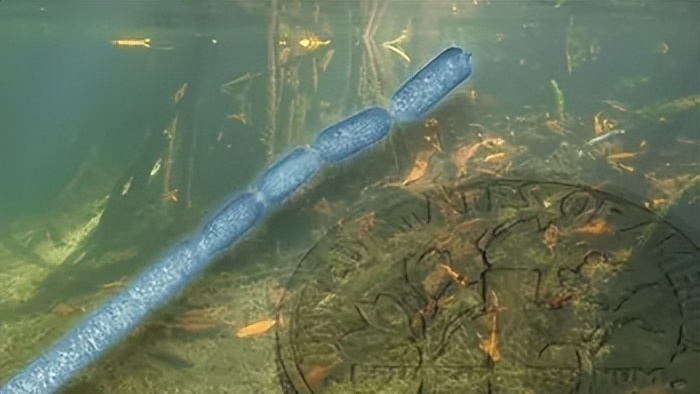Study the "sixth finger" fossil of the giant panda, there are new discoveries!
Author:Zhaoqing released Time:2022.07.03
Sino -US scientists have discovered through the "sixth finger" fossil of the early panda that the giant panda prefers to eat bamboo for at least 6 million years. The result was recently published in the international journal "Scientific Report".
Unlike other mammals, there are five fingers on the front limbs of mammals, and giant pandas and "sixth finger", that is, an enlarged wrist bone at the front of the palm of the palm- "radial seed bone". It is like an extra "thumb" that allows the palm of the giant panda to form a pair and grab the bamboo.
Through research on the ancestor of the "Panda" fossils of the Panda Panda, the Panda Panda of the Zhaotong Basin, Yunnan, the paleontologist found that the original panda from 6 million to 7 million years ago has a "sixth finger" and until modern times. The "sixth finger" of the giant panda has not further increased.
The ecological restoration of the ancestor of the panda ancestors of Zhaotong Reservoir in Yunnan. (Mauricio Antón, provided by Zhaotong Cultural Relics Protection and Archeology Research Institute)
Ji Xueping, a researcher at the Institute of Animal Research of the Chinese Academy of Sciences, introduced that Grand Panda is a special member of the Bear Sciences and has evolved into a focused planting animal. When they tear the bamboo poles with their teeth, grasping the bamboo pole tightly is the main function of the "sixth finger".
Grand pandas grab and chew bamboo. (Photographed by Shaaron Fisher, Wang Xiaoming)
Research results show that the "sixth finger" of giant pandas does not move independently like human thumb. It forms a complex with the first palm and boat moon bone by fixed joints, and then linked to other palm bones. Although it is a passive grasp, it is enough to provide the grip of the giant panda to eat bamboo.
"The giant panda has not evolved a longer radial seed bone, but always retains a small and flat humble structure, just like designing bamboo design to prevent bamboo from slipping from his hands." Ji Xueping said.
Big panda (B, D, E), the comparison of the original bear (A) and the human (C) hand (Wang Xiaoming)
Experts said that the increased radial seed bone is the adaptive evolution of giant pandas to bamboo. The reason why the "sixth finger" does not further extend is to take into account the function of grasping bamboo poles and undertaking weight, and avoid interference caused by excessive radial seed bone to walk. "Therefore, the" sixth finger 'has evolved long or not, just right. "Ji Xueping said.
Big panda (A, C) and the anatomical structure of the "sixth finger" of the giant panda fossil (B, D) in Zhaotong in Yunnan. (Photo confession)
The study was completed by the Institute of Ancient Chinese Academy of Sciences and the Institute of Ancient Human Research, the Institute of Kunming Institute of Chinese Academy of Sciences, and the Los Angeles Natural History Museum.
Source: Xinhua View Point
- END -
Highlights of the competition | The Guangzhou Double Chuang Contest in 2022, new upgrade!New Experie

The China Innovation and Entrepreneurship Competition is the highest, largest, and...
"Mount Everest" in bacteria appeared!As long as 2cm, visible to the naked eye!

If you just glance at a roughly glance, the slightly turbid water in the test tube...